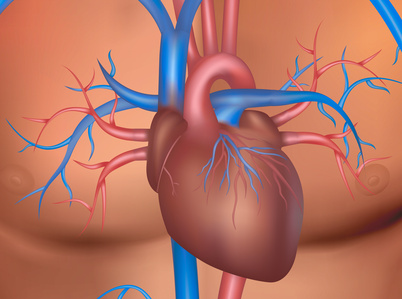
This study seeks to determine the outcome of patients with concomitant moderate aortic stenosis and ventricular dysfunction. Echocardiographic and clinical data of 305 patients from 4 large university hospitals between 2010 and 2015 were retrospectively analyzed.
Moderate aortic stenosis was defined as aortic valve area between 1 and 1.5 cm2 and ventricular dysfunction was defined as left ventricular ejection fraction <50%. The primary endpoint was a composite of all-cause death, valve replacement, and heart failure hospitalization.
Most patients were symptomatic at the time of index echocardiogram (New York Heart Association [NYHA] functional class [FC] II: 42%; FC III: 28%; and FC IV: 4%) and 72% of them presented associated ischemic heart disease.
At 4-year follow-up, the primary composite endpoint occurred in 61% of patients.
The main predictors for the primary endpoint were male sex (p = 0.022), FC III or IV (p < 0.001), and peak aortic jet velocity (p < 0.001).
The rate of death at follow-up was 36%, and the composite of death or heart failure hospitalization was 48%. Additionally, 24% of patients underwent valve replacement.
Conclusion
Patients with concomitant moderate aortic stenosis and ventricular dysfunction are at high risk for clinical events. However, further studies are needed to determine if earlier valve replacement in these patients might improve clinical outcome.
Editorial
The combination of moderate aortic stenosis and ventricular dysfunction among the general population is probably underestimated and likely to become more frequent with advancing age. Some population studies have shown a prevalence of around 3% for this combination among people of over 75 years old.
So far, the evidence supporting a more aggressive approach as regards valve replacement is indirect and retrospective, but it does warrant an exploratory analysis of the indication of transcatheter aortic valve replacement (TAVR) for this population.
Original title: Prognostic Implications of Moderate Aortic Stenosis in Patients with Left Ventricular Systolic Dysfunction.
Reference: Lennart van Gils et al. J Am Coll Cardiol 2017; 69:2383–92.
Subscribe to our weekly newsletter
Get the latest scientific articles on interventional cardiology
We are interested in your opinion. Please, leave your comments, thoughts, questions, etc., below. They will be most welcome.





